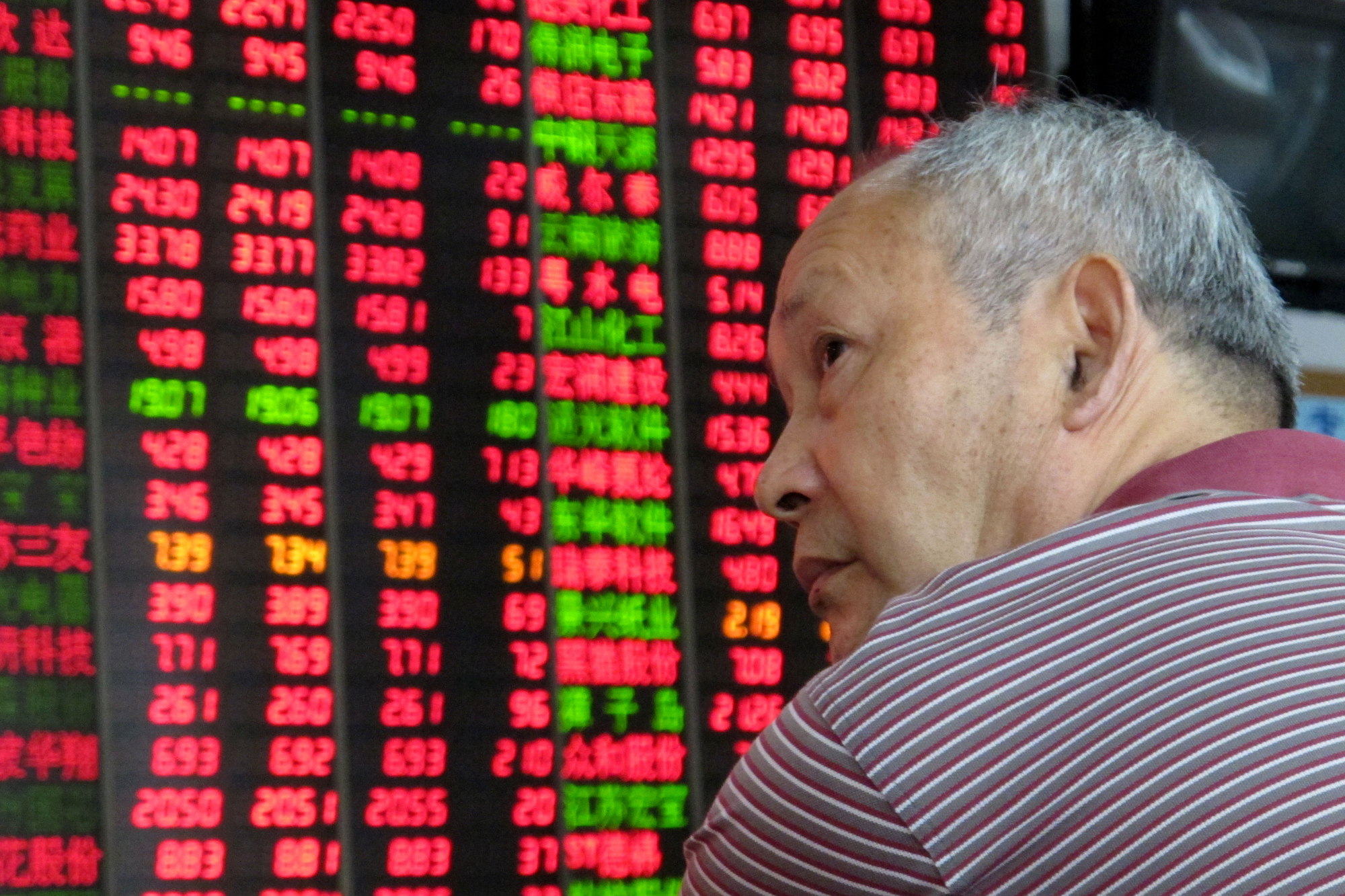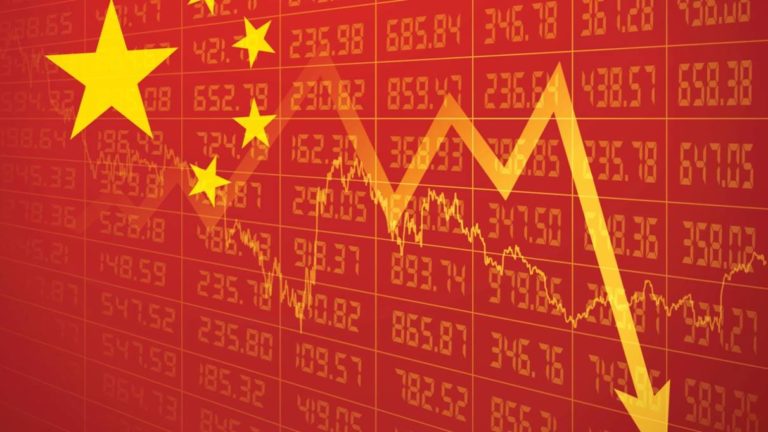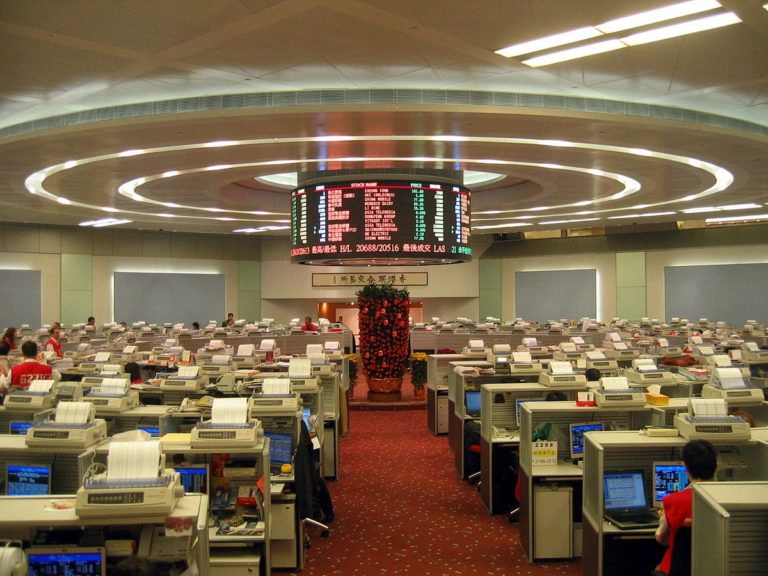Since the founding of China’s stock market with the Shanghai Stock Exchange and the Shenzhen Stock Exchange in 1990, China’s economy has experienced tremendous growth. Hence, one would expect China’s stock returns to be equally fruitful, as stock market performance is normally closely tied with a nation’s economic performance. However, that is not the case with China. China’s stock market has had not been a beacon of gold which investors might expect. However, Chinese stocks listed on foreign exchanges, like the NYSE or the HKSE, significantly outperform stocks listed on Chinese exchanges.
There are many reasons for the Chinese Stock Market’s performance not keeping up with the economy, on which this article will elaborate. But first, its important to understand the basics.
The basics of the three Chinese stock exchanges
The three main stock exchanges in China are the Shanghai Stock Exchange (SSE), the Shenzhen Stock Exchange (SZSE), and the Beijing Stock Exchange (BSE). Currently, only around 5% of Chinese company financing comes from equity, and companies rely much more on bank loans and retained earnings with only around 7% of Chinese owning stocks.
The Shanghai Stock Exchange
While established in 1990, Shanghai’s history as a financial center goes as far back as the 1860’s when stock trading first started in the city. According to the World Federation of Exchanges (WFE), as of the end of November, 2022, the Shanghai Stock Exchange ranked 3rd in terms of total market capitalization at 6.5 trillion US, only after NYSE and Nasdaq – US, and ranks 1st in terms of capital raised through IPO at 501.4 trillion US.
Within the SSE is the Science and Technology Innovation Board, also known as the STAR market, announced in 2018. The STAR market is “committed to supporting sci-tech and innovative enterprises that align with national strategies, hold core and breakthrough technologies, and enjoy a high degree of market recognition.” As of the end of 2022, the STAR market had a market cap of 6 trillion CNY (830.4 billion US) with 501 listed companies.
The Shenzhen Stock Exchange
The Shenzhen Stock Exchange is the world’s eighth-largest stock exchange by market capitalization, at 3.9 trillion US in July 2021. The SZSE tends to list smaller and more emerging-sector companies compared to the SSE. Aside from the SZSE’s main board, it also hosts the SME Board, and the ChiNext Market.
Established in 2004, the SME board serves companies with well-defined businesses and stable profits. As many of the enterprises on this board are manufacturing companies, the SME Board can be seen as a barometer of China’s manufacturing sector.
The ChiNext Market, established in October 2009, focuses on innovative growth companies and startups. These areas of innovation include technology, management, and business models.
The Beijing Stock Exchange
Launched in November 2021, The Beijing Stock Exchange focuses injecting capital into SMEs to boost strategic and high-tech industries. As of May 2023, about 200 companies are listed on BSE and the number of qualified investors on BSE has exceeded five million.
How foreign investors can buy Chinese stock
Since its founding, there has always been hurdles in place for foreign investors to buy Chinese stocks. For one, only Qualified Foreign Institutional Investors (QFII) are also allowed to participate the Shanghai and Shenzhen Stock Exchanges with special permission. In 2019, in a move to attract more foreign capital and offset rising outflows, Beijing scrapped the foreign investment quota.
Foreigners can also access the Chinese stock market through stock connects, such as the Shanghai-Hong Kong Stock Connect, the Shanghai-London Stock Connect, or the Shenzhen-London Stock Connect.
Why do Chinese Stock Exchanges not keep up with economic growth?
According to Keyu Jin’s book The New China Playbook, there are two factors causing China’s stock exchanges to perform so poorly: What happens before the listing and what happens after the listing.
Chinese Stock Exchanges arduous selection process bottlenecks strong players
One key criterion is that a company hoping to IPO needs to prove that they’ve had three years of consecutive profit prior to the IPO. Only after they have met this criteria, Chinese companies still need to gain the approval of the Chinese Securities Regulatory Commission (CSRC), which can take years. During these years, there is room for firms with closer government relations to gain privileges inaccessible to firms that lack political guanxi but would be a better bet. Also, a consequence of the slow and arduous process is that some firms will seek to be listed elsewhere. Top performing firms like Alibaba, Pinduoduo, and many other tech firms all decided to be listed in foreign exchanges. As of mid-2021, American Stock Markets hosted US $2.1 trillion worth of Chinese companies.
Poor performers don’t get de-listed as easily
In most stock exchanges, poor performance leads to being delisted, but in the Chinese stock exchange, only 2.7% of companies were delisted every year between 2000 and 2018 (compared to 33% of the US and 13% in Brazil). Sow while it is more of a bottleneck to be listed on Chinese exchanges, there is also less de-listing of poor performers. Additionally, due to the arduous selection process, many companies make strategic decisions that harm long-term profitability to meet the short-term criteria.
The future of China’s stock market
Overall, the Chinese Stock Market is still very young. While currently the foreign stock exchanges are taking some of the most fruitful of Chinese stocks, there are forces at play to change this. Firstly, due to geopolitical tensions, the US is pushing to delist Chinese companies in sensitive industries. Simultaneously, the Chinese government is also making it difficult for Chinese companies with sensitive data to be listed abroad. This could potentially re-direct some strong-performing Chinese companies to list on Chinese exchanges instead of foreign exchanges.
Read our ASEAN x China business relations






